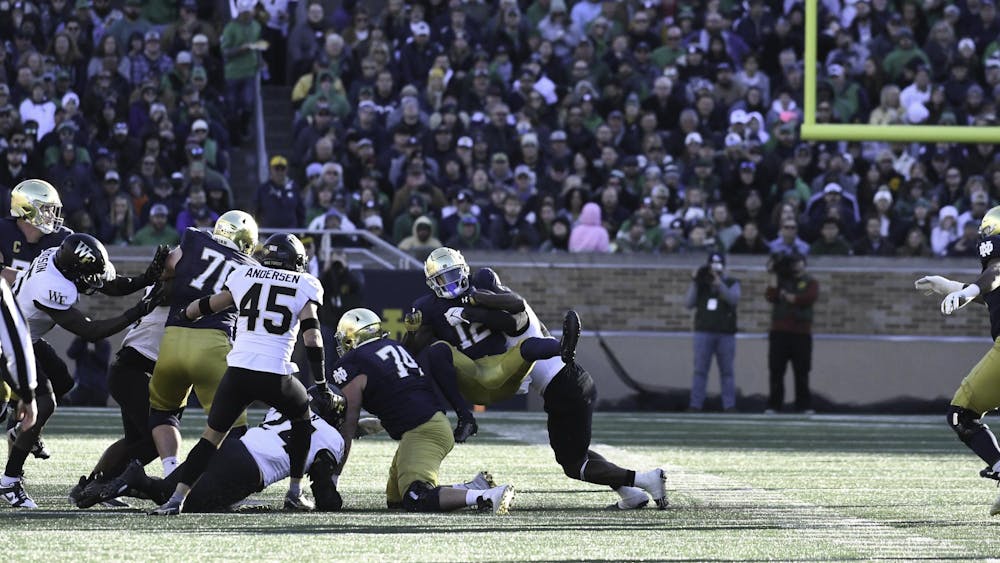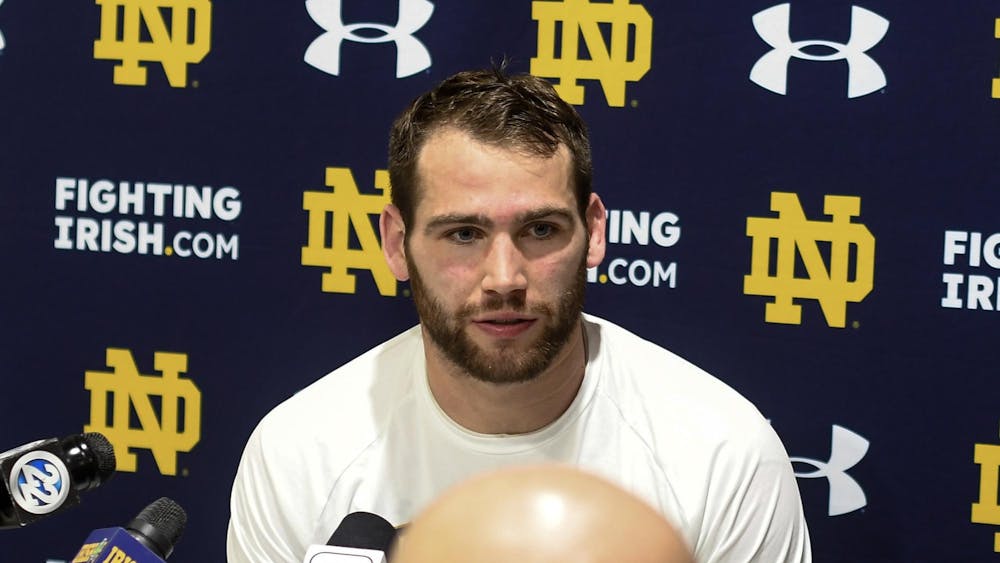Since its inception in 2006, college basketball’s contentious one-and-done rule has consistently and deservedly been criticized. Year in and year out, the rule highlights the laughably-conspicuous hypocrisy of an organization that, on the surface, stands for a balanced intersection of academics and athletics, but annually makes a significant portion of money on games headlined by players that have no interest in graduating and are only part of the process because of a one-year obligation.
The most recognizable athlete who became a part of the hypocrisy in this year’s freshman class is Ben Simmons, who has long been the presumed number one overall pick in June’s NBA Draft.
As has been extensively analyzed, Simmons’ pit stop in college, which concluded with LSU’s blowout loss to Texas A&M over the weekend, was, in many ways, an unmitigated disaster. After choosing to play his one year at LSU, Simmons was a part of an underwhelming Tigers team that failed to meet any of the steep postseason expectations it was assigned. While Simmons’ personal numbers were undeniably impressive, he has persistently been scrutinized for lacking competitiveness and character. Additionally, he was suspended late in the season and taken off the prestigious Wooden Award finalist list due to his inability to maintain a 2.0 GPA.
What the Simmons disaster suggests in the scope of all college basketball is two things: that the NCAA’s one-and-done rule is obviously ridiculous, and that Simmons’ and LSU’s failures could be bad for parity in the sport in the future.
The first point is almost not worth arguing because it would be naïve to think the one-and-done rule will be abolished anytime soon, even though this year’s tournament, which will feature more senior stars than in recent history, might be the optimum backdrop for contending that the NCAA could survive losing the entertainment and skill of its one-and-done players. Many fans of the sport that recognize its hypocrisy are likely to never universally support a rule change if only because of their desire to not watch the sport lose several entertaining players.
With regard to parity in the sport, it would not be surprising if the disastrous season of Simmons and LSU influences the college choices of one-and-done players in future recruiting classes. In choosing LSU, Simmons strayed from the norm of most top recruits that annually choose to play for blue-blood programs like Duke, Kansas, North Carolina and Kentucky.
Prospective recruits looking at Simmons’ experience at LSU will undeniably have a hard time identifying benefits of deviating from past patterns in their college decision processes. In addition to the fact that Simmons will be sitting on his couch during the entirety of the upcoming NCAA tournament, many scouts have said his weaknesses remain the same after a year of being coached by LSU coach Johnny Jones, who is far less esteemed when it comes to developing players than the highly-regarded mainstay coaches in the sport.
It is worth noting that Simmons’ unique college choice was heavily impacted by the fact that his godfather was an assistant coach for LSU. Still, it is certainly foreseeable that his success as a one-and-done player at a non-traditional basketball school could have impacted the variance of the college decisions of top recruits in future years and, in turn, the overall parity of college basketball. While this parity has been prevalent to unprecedented levels in this year’s regular season, it may not actually be visible in the number of teams winning championships in the coming years.













